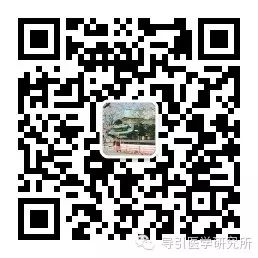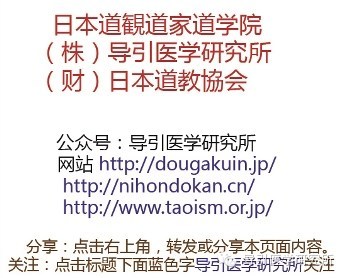
This article:
Dao Yin is a health practice modeled after the movements of wild animals
In ancient times, people primarily lived by hunting. To safely and effectively obtain prey, they had to ensure they were not attacked by fierce beasts, thus their breath needed to coordinate with the movements of birds and animals. To deal with bears, they would adopt the bear’s posture; to confront tigers, they would mimic the tiger’s movements. By imitating these stances, they could fend off strong enemies and master the techniques to defeat them.
Additionally, ancient people noticed that wild animals did not get sick or die from illness, leading them to believe that by mimicking the movements of wild animals, humans could achieve longevity and die without disease. They also observed that walking upright on two feet was contrary to nature. After years of repeated study, it was confirmed that imitating the movements of wild animals could allow the “qi flow” within the body to be naturally smooth, greatly benefiting human health. Dao Yin emerged from this process.
Hua Tuo’s “Five Animal Frolics”
During the late Eastern Han Dynasty, the famous physician Hua Tuo (circa 140–208) created the “Five Animal Frolics,” a health practice based on the movements of five animals. The five animals refer to the tiger, deer, bear, monkey, and bird. Practicing the Five Animal Frolics can eliminate fatigue and remove diseases in a short time, so Hua Tuo guided those who were weak and ill to practice daily.
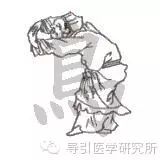
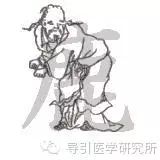
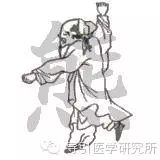
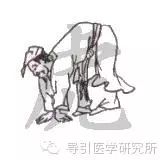
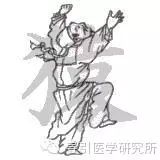
Both Hua Tuo and his disciples maintained a youthful state through practicing this fitness method. Hua Tuo, at nearly 100 years old, still appeared as he did in his youth, while his disciple Wu Pu remained sharp in hearing and sight, with strong teeth and vibrant spirit even after 90.
Hua Tuo was the first person in the world to use anesthetics, holding an important place in the history of medicine. It is recorded that he used a substance called “Ma Fei San” (麻沸散) for anesthesia during abdominal surgeries, with patients fully recovering after a month.
The “Dao Yin Diagram”
In 1973, a large number of wooden slips (wooden pieces with writing) and silk books (documents written on silk) were excavated from the Mawangdui Han Tomb No. 3 in Changsha, Hunan Province, China. Among these, a silk book recorded a medical work on diseases titled “Fifty-Two Disease Formulas,” where the “Dao Yin Diagram” was discovered, causing a huge sensation in Japan.
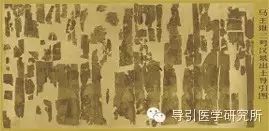 *The above image is the Dao Yin Diagram as it was excavated.
*The above image is the Dao Yin Diagram as it was excavated.
This “Dao Yin Diagram” depicts 44 types of Dao Yin practices, reflecting the significant health awareness of people in positions of status at that time, and proving that people had already begun practicing Dao Yin techniques as early as the 2nd century BC. The discovery of the “Dao Yin Diagram” is of epoch-making significance.
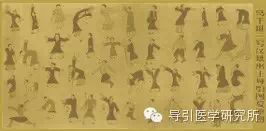
*The above image is the restored Dao Yin Diagram.
Additionally, a noblewoman’s corpse was excavated from Tomb No. 1. Perhaps due to practicing Dao Yin, this female corpse, after 2000 years, still had soft, radiant skin and a beautiful posture. Upon seeing the photos released by the media, people around the world were amazed. This indicates that the Chinese at that time had already developed advanced techniques for preserving the human body.
In the upcoming issues, we will continue to introduce content related to Dao Yin. Thank you for your attention.
